Focus on sleep, limit alcohol and reduce your stress and anxiety to help lessen symptoms
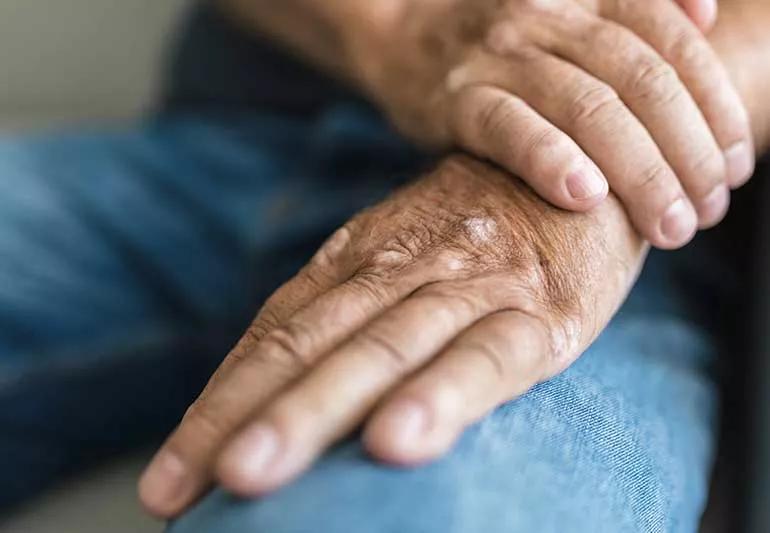
The symptoms of psoriatic arthritis can disrupt your life. Your joints can feel stiff and swollen. You may feel exhausted.
Advertisement
Cleveland Clinic is a non-profit academic medical center. Advertising on our site helps support our mission. We do not endorse non-Cleveland Clinic products or services. Policy
Even if you’re taking medication to manage your symptoms, you may still experience a psoriatic arthritis flare-up, a temporary period where your symptoms become worse.
What can you do to prevent a flare-up? And what triggers should you avoid?
Rheumatologist Binita Sapkota, MD, talks about how to manage a psoriatic arthritis flare-up.
If you have psoriatic arthritis, you may experience a flare-up.
“A psoriatic arthritis flare-up is a temporary worsening of symptoms of arthritis, which includes swelling, pain and stiffness in your joints,” explains Dr. Sapkota. “It can also include swelling of the whole toes or fingers due to the swelling of the ligaments around the joint. And sometimes, psoriasis, a skin rash, can worsen at the same time as your joints.”
It can be hard to predict when you may have a flare-up — and the degree of pain and discomfort can vary from person to person.
Psoriatic arthritis flare-up symptoms include:
A typical psoriatic arthritis flare-up can last anywhere from a few days to a week. It depends on the individual.
And it can vary on when you get them. You may experience flare-ups often, while others may not have them as frequently.
Advertisement
Bottom line? Psoriatic arthritis flare-ups can be unpredictable.
Causes of psoriatic arthritis flare-ups can include:
There are many things you can do to prevent a psoriatic arthritis flare-up. Dr. Sapkota suggests the following:
The most effective treatment is taking medication, which can help with inflammation and pain. Options include:
“Different types of medications can be combined,” says Dr. Sapkota. “Your doctor will work with you to determine the right medication for you based on the severity of your psoriatic arthritis.”
It’s been drilled into us how important sleep is for our general health. But when it comes to psoriatic arthritis, ensuring you get the recommended seven to nine hours of sleep per night is vital.
“It helps restore your body and restore your energy, especially during a flare-up,” notes Dr. Sapkota. “Sleep also helps you rest your joints. And people with psoriatic arthritis tend to have an increased incidence of depression compared to other populations. It’s important that you sleep well to help with your mood.”
Create a bedtime routine and stick to it — that includes avoiding screens at night.
Listen to your body advises Dr. Sapkota.
“Rest is more important during a flare-up. You need to make sure you’re resting so your inflamed or swollen joints aren’t put under stress,” she states. “However, exercise is important at other times to strengthen the muscles. When the muscles around the joints are strong, you put less stress on that joint.”
If you’re flare-up free, make sure you get moving by either walking, practicing yoga or doing range-of-motion exercises — whatever feels best for you. Not only can exercise boost your mood, but it can also help ease pain and stiffness.
Advertisement
Don’t underestimate the power of self-care, which can help reduce anxiety and stress.
“Try deep breathing, which limits stress and anxiety and also helps with sleep,” suggests Dr. Sapkota. “Yoga and stretching also help.”
But those techniques aren’t the only ways you can focus on your mental well-being. If painting or reading a book helps you feel better, then make those activities a priority.
And don’t hesitate to talk to your doctor or a therapist, too.
What you eat can affect how you feel. Focus on eating a well-balanced diet with foods high in omega-3 fatty acids like fatty fish, foods high in antioxidants like dark leafy greens, and whole grains that are high in fiber like quinoa. These types of food can reduce inflammation.
And there are certain foods you want to avoid as they can cause inflammation. These foods include red meat, processed foods, dairy products and sugar.
You may be used to winding down after work with a glass of red wine. But Dr. Sapkota says it’s important to limit how much alcohol you consume.
“Alcohol is high in calories, so it can contribute to weight gain,” she explains. “It’s also been shown to have inflammatory properties, which can contribute to flare-ups.”
Advertisement
One of the symptoms of psoriatic arthritis is psoriasis, an autoimmune skin condition that can cause discomfort and itchiness. During a flare-up, your skin can become dry, thick and scaly.
“It’s important to keep your skin moist and hydrated,” Dr. Sapkota stresses. “And it’s important to avoid trauma to your skin because that can cause psoriasis to occur in that area.”
Consider using a humidifier during the winter months and apply moisturizing creams or lotions to your skin.
Overall, there are many things you can do to help prevent or lessen a psoriatic arthritis flare-up. Even if you think your medication isn’t working, keep taking it until you speak to your doctor.
And there may be times when you can successfully manage a flare-up at home and other times when you need to see your doctor.
“If you’re also having a fever and if your flare-up is affecting a single joint, it’s important that it be evaluated for an infection,” says Dr. Sapkota. “Your doctor may recommend removing the fluid from the joint for testing. Also, if your flare-up is persistent or looks different from your previous ones, then I would recommend seeing a doctor.”
Advertisement
Learn more about our editorial process.
Advertisement

Choose foods high in omega-3s and antioxidants; avoid red meat and dairy

Cold or hot therapy, massage and exercise may help reduce pain and inflammation in your joints
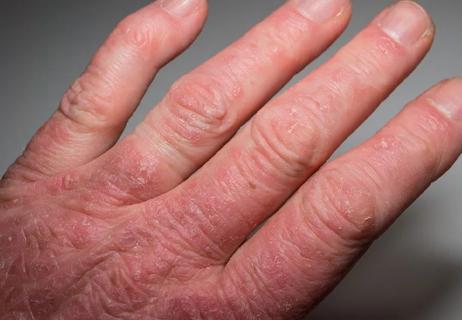
What’s the difference between these types of inflammatory arthritis?

The link between joint pain and skin rashes
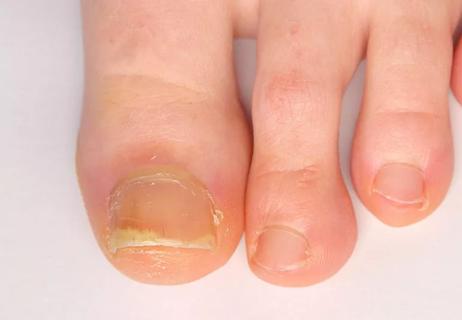
Symptoms of nail psoriasis and how to treat it
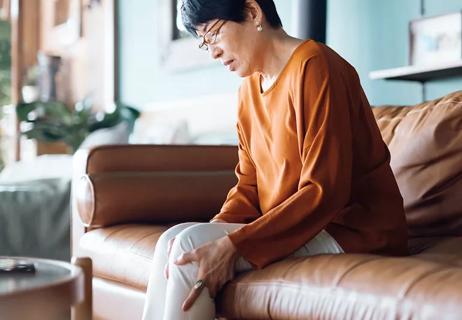
What’s the difference between these types of arthritis?
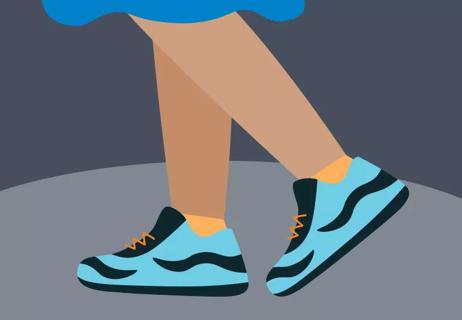
Managing psoriatic arthritis foot pain
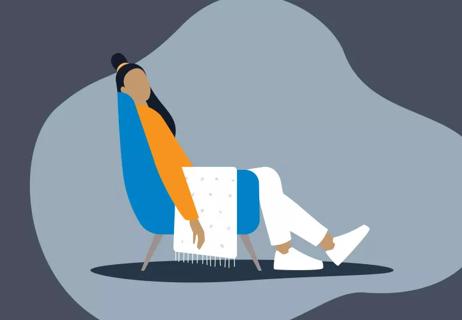
Does arthritis make you tired?

You can improve your athletic performance over time by breaking up your workout regimen into focused cycles

The little blue pill might help with physical arousal, but there are better treatments for low libido in women

Sleep issues and certain foods can lead to an early morning headache